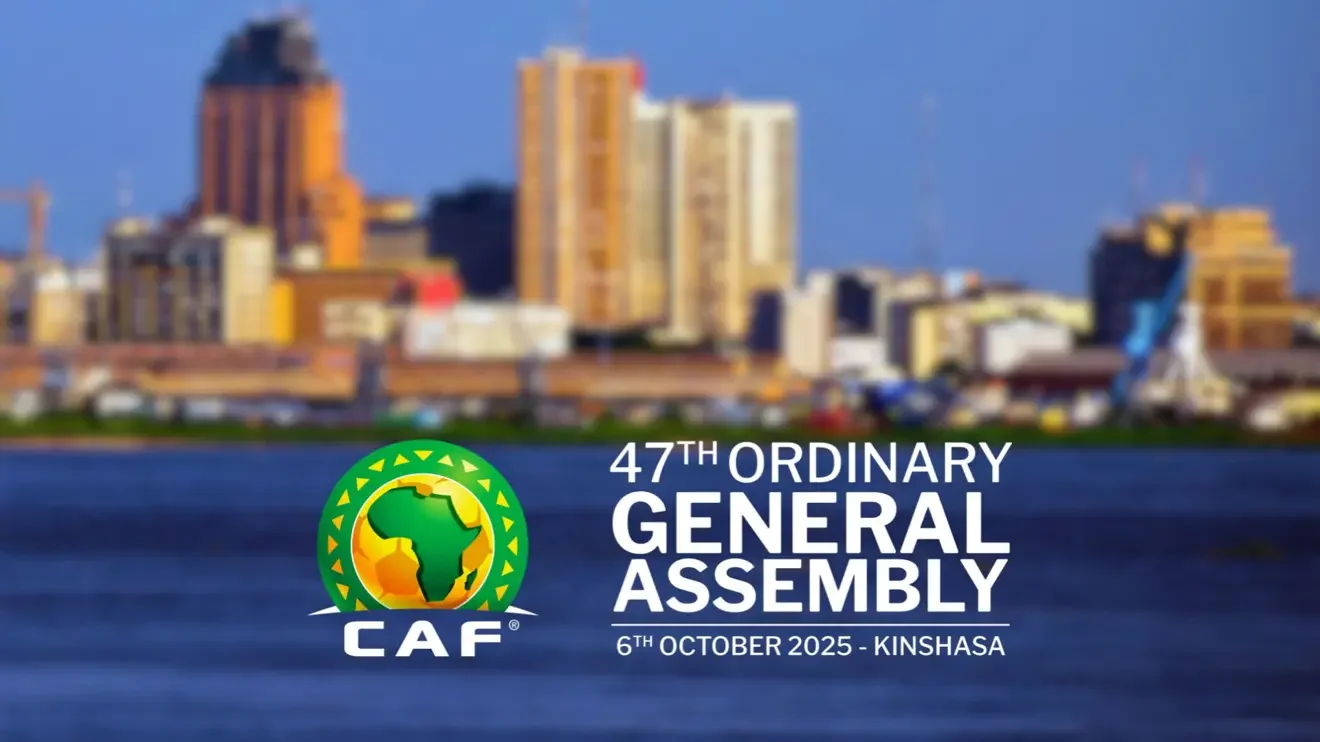What a return to profit means for CAF, AFCON and African Football
By Sindiswa Mabunda
When Dr. Patrice Motsepe was elected as the President of the Confederation of African Football (CAF) in 2021, he was clear about the need for urgent change in African football. He stated, “There is a sense of extreme urgency to stabilize the financial position of CAF,” as reported by Al Jazeera. He also emphasized the importance of African teams performing well and being respected on the global stage. Four years later, that vision is beginning to take shape. At the 47th CAF Ordinary General Assembly in Kinshasa on October 6th, CAF announced a net profit of USD 9.48 million for the 2023–24 financial year, marking the first surplus in years. Revenues soared to USD 166 million, a significant increase from the previous year.This achievement goes beyond mere numbers; it signifies that CAF’s turnaround plan, focusing on governance, development, commercial partnerships, and investment in youth, is working. It illustrates that African football is gaining real momentum.
Turning Words into Action
Motsepe’s 10-point plan was ambitious: to invest in football infrastructure across Africa, to grow women’s and youth football, to professionalize CAF operations, to implement governance best practices, and to build partnerships with the private sector and FIFA.The results of this plan are already visible. Prize money has increased across various competitions: a 60% rise for the CAF Champions League winners, a 52% increase for the Women’s Champions League, and a 75% boost for CHAN winners. Development funding now totals USD 35 million, which supports clubs, federations, and grassroots programs. Additionally, 16 global sponsors are now on board, reflecting renewed commercial confidence in African football. Thanks to these efforts, CAF is in a position to reinvest in the game, providing players, teams, and fans with tangible benefits
Momentum on the Pitch
The last AFCON in Côte d’Ivoire was a huge success, packed stadiums and record-breaking broadcasts showing just how much African football can capture the world’s attention. Now, as the World Cup Qualifiers heat up, fans are already getting a taste of what’s to come as anticipation for AFCON 2025 in Morocco is building fast. CAF’s projected revenue for 2025–26 is USD 312.9 million, with sponsorship, media rights, and a new international marketing agency expected to account for more than 86% of that figure. The organization also forecasts a USD 28.5 million surplus, giving it the financial stability to continue investing in competitions, infrastructure, and development programmes.
Beyond the Balance Sheet
CAF is back in profit, and this is not just about numbers; it shows growing confidence. African football is entering a new phase where it can plan, invest, and compete at high levels, both in Africa and worldwide. The key point is that CAF has moved from handling crises to creating a stable and sustainable plan that benefits players, clubs, and fans. As we look forward to Morocco in 2025 and enjoy watching some of our nations secure their spots for the 2026 World Cup, one thing is clear: African football is gaining strength and momentum. In 2021, Motsepe faced an urgent challenge to stabilize CAF. His success in 2025 shows how stability can lead to a clear vision and real action.


